Stop Eating Tomatoes Wrong: A Pro’s Guide to Unlocking Their True Power
Over the years, I’ve watched countless food trends come and go. One minute everyone’s obsessed with kale, the next it’s all about kombucha. But through it all, the humble tomato has been a quiet workhorse in any healthy diet, and for good reason. It’s so easy to overlook, right? It’s just… there, in every grocery store, all year long. But its everyday status hides a seriously powerful nutritional profile that I’ve seen make a real difference for people.
In this article
A little-known tidbit: the tomato had a really rough start. For a long time, it was viewed with suspicion, sometimes called the “poison apple” simply because it belongs to the nightshade family. It took a while for it to become the kitchen superstar it is today. My goal here isn’t just to list off benefits you’ve already heard. I want to show you the science behind how it works, practical ways to get the most out of every single tomato, and the honest limitations you should know about. This is the stuff that matters for building a genuinely healthier life.
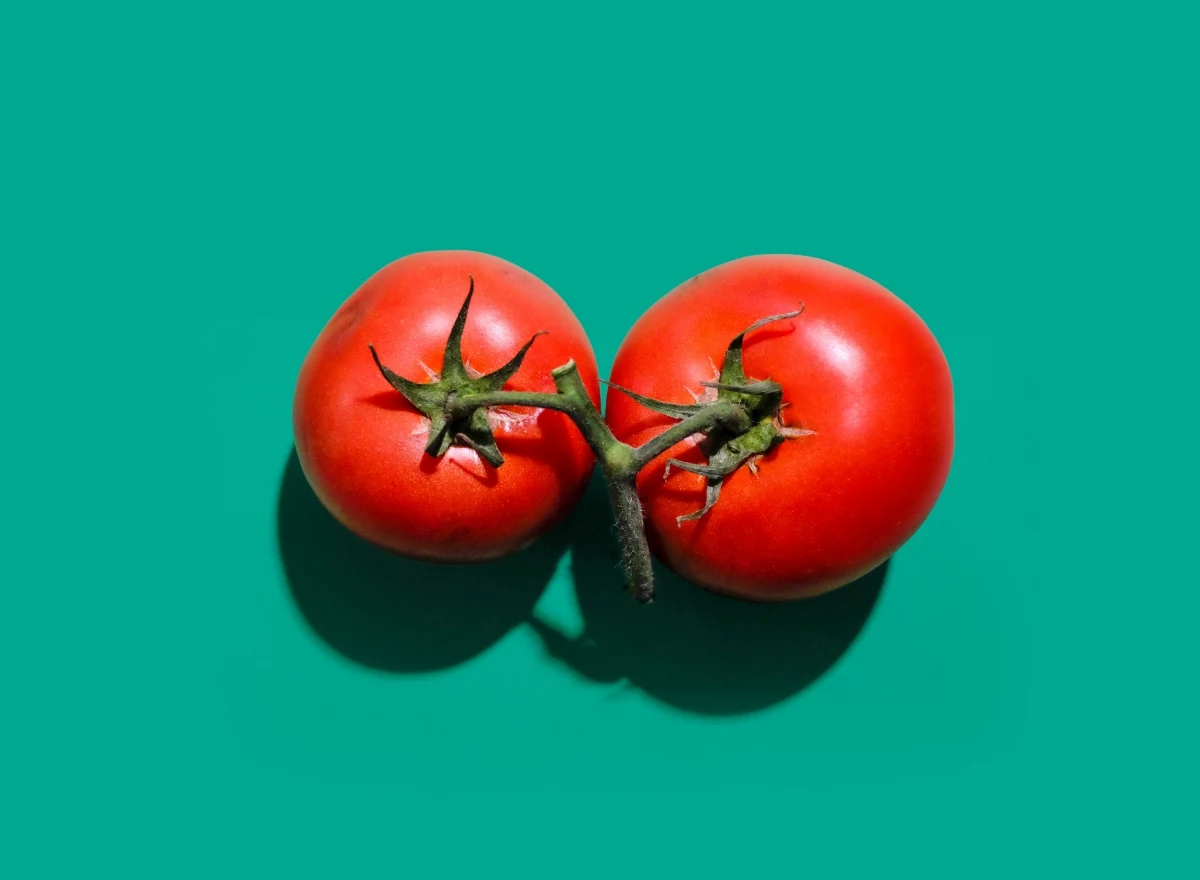
The Science Inside: More Than Just a Red Orb
To really get what makes a tomato special, you have to look under the hood. It’s packed with bioactive compounds, and understanding them is the key to using tomatoes to your advantage.
Lycopene: The Star of the Show
The most famous compound in tomatoes is lycopene. It’s what gives a ripe tomato that gorgeous, deep red color. But it does way more than just look pretty. Lycopene is an incredibly potent antioxidant, specifically designed to neutralize certain types of free radicals that can cause damage in our bodies.
But here’s the critical point I find myself explaining all the time: raw isn’t always better. When you eat a raw tomato, that amazing lycopene is locked up inside tough cell walls. Your body struggles to get to it. The game completely changes when you add heat. Cooking—whether you’re roasting, simmering, or making a sauce—breaks down those cell walls. This frees the lycopene, making it way more bioavailable, which is just a fancy way of saying your body can actually absorb and use it.
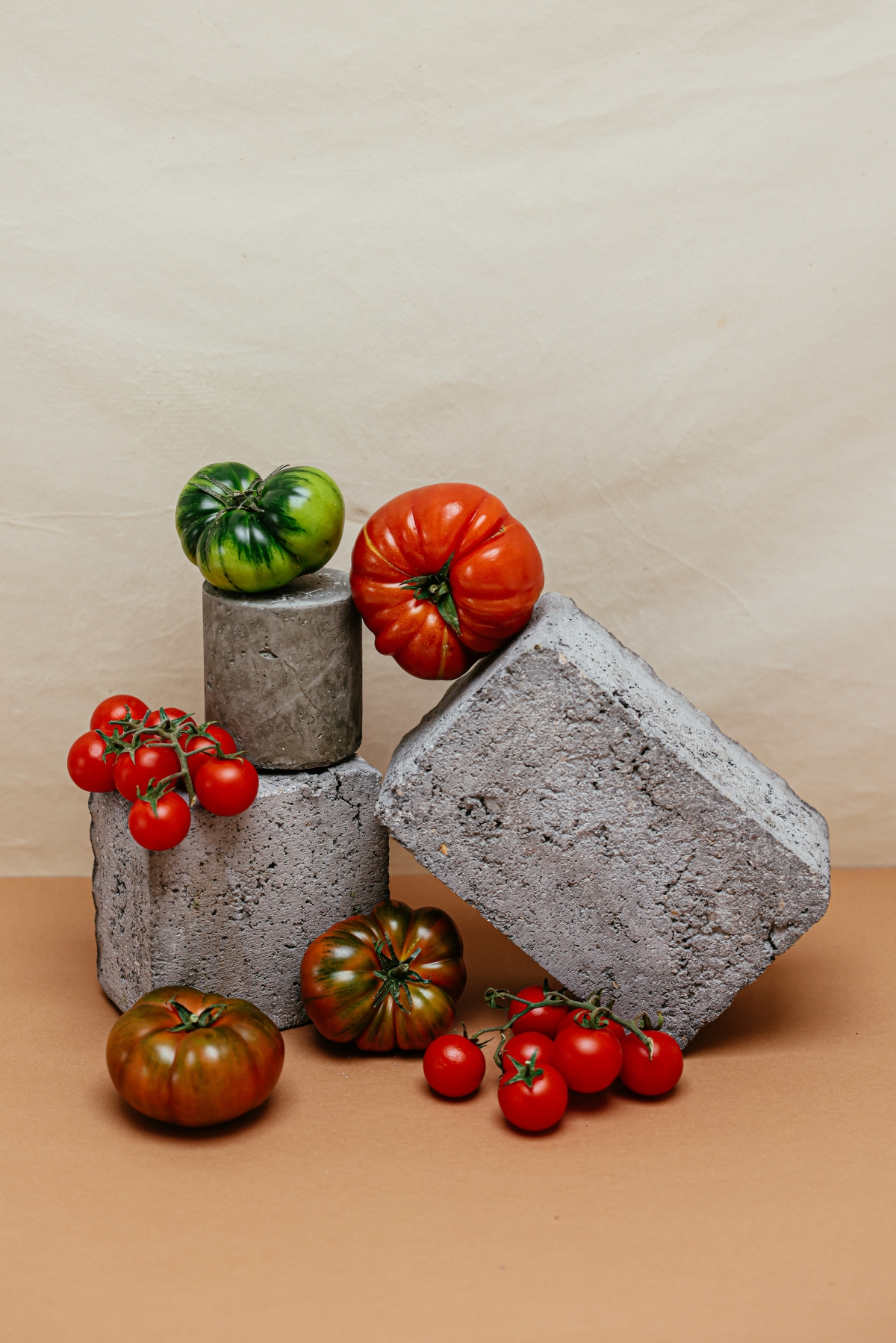
Oh, and one more thing. Lycopene is fat-soluble. It needs a little fat to be ferried from your gut into your system. That traditional Mediterranean habit of cooking tomatoes with olive oil? It’s not just for taste; it’s a stroke of nutritional genius. A simple drizzle of good olive oil in your sauce can boost lycopene absorption significantly. It’s a perfect example of how combining foods can be more powerful than eating them alone.
A Whole Team of Vitamins and Minerals
While lycopene gets the spotlight, it doesn’t work alone. A single tomato is a team effort.
- Vitamin C: A medium-sized raw tomato can deliver about a quarter of your daily Vitamin C needs. But here’s the catch—Vitamin C is sensitive to heat. This creates a simple choice. If your main goal is getting more Vitamin C, a fresh tomato salad is your best bet.
- Potassium: This is a big one. So many of us don’t get enough potassium, which is crucial for balancing sodium and helping to manage blood pressure. Tomatoes are a fantastic and easy source.
- Vitamin K1 & Folate: These might be lesser-known, but they’re important. Vitamin K1 is vital for blood clotting and bone health, while Folate is essential for normal cell function and growth. Every little bit adds up!
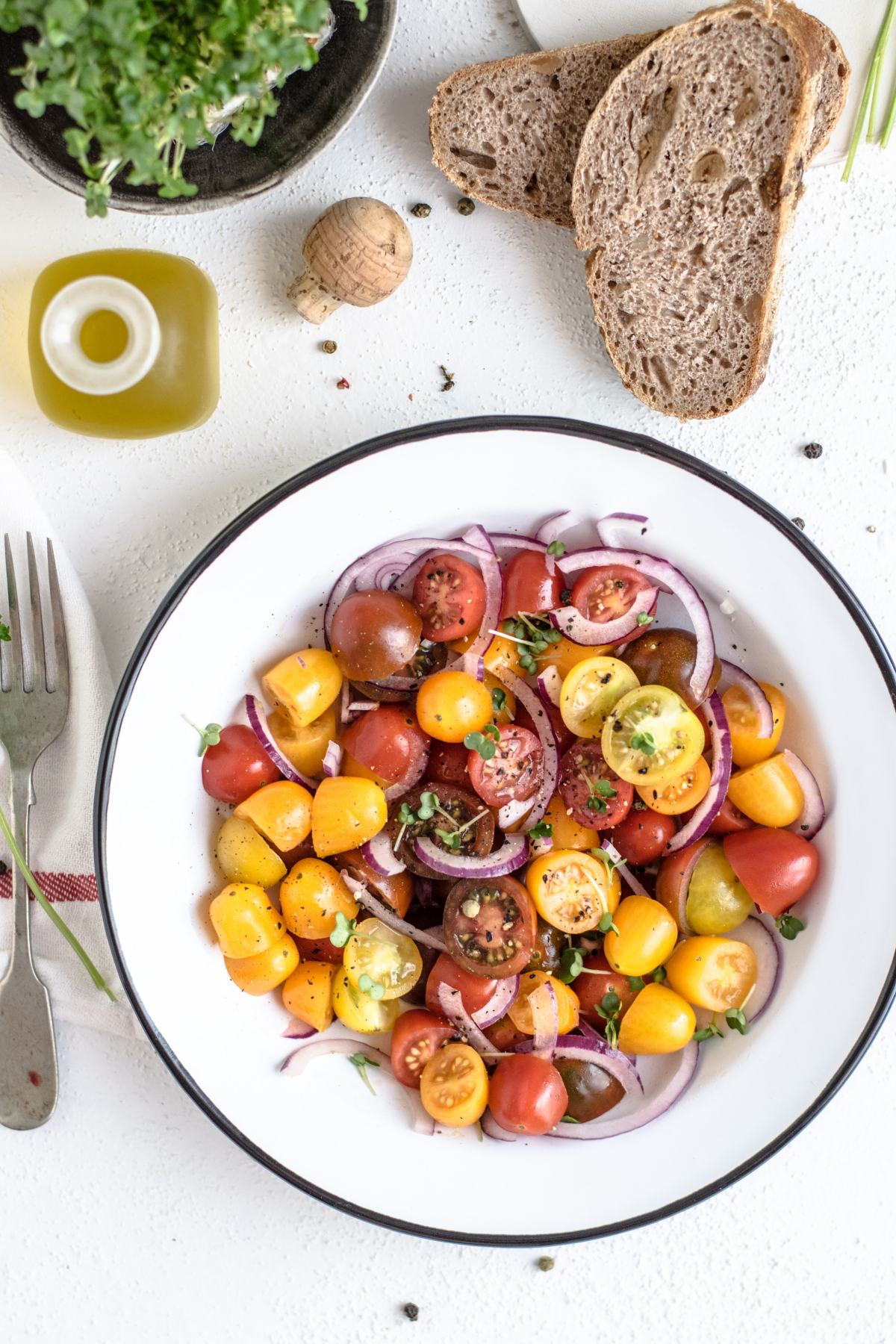
The Cheat Sheet: How to Eat Tomatoes for Targeted Benefits
Okay, so let’s break this down into a super simple guide. What you want to get out of your tomato determines how you should prepare it. No complex charts needed, just think of it this way:
For Maximum Vitamin C, Eat Them RAW.
When your goal is that immune-boosting, skin-loving Vitamin C, you want to avoid heat. Think fresh and simple.
– A classic Caprese salad with fresh mozzarella and basil.
– Chopped into a vibrant pico de gallo with onion, cilantro, and lime.
– Sliced onto a sandwich or just eaten with a pinch of salt. Simple and effective.
For Maximum Lycopene, Eat Them COOKED.
When you want that deep, antioxidant power for long-term health, heat is your best friend. This is where the magic happens.
– A slow-simmered marinara sauce. (Heads up: a good store-bought sauce with simple ingredients and low sugar is a great option! Check the label.)
– Tomatoes slow-roasted in the oven with olive oil until they’re sweet and concentrated.
– A hearty tomato soup or a rich stew.

How to Shop Smart and Store Like a Pro
Choosing the Right Tomato (On Any Budget)
The journey starts at the store. A ripe, flavorful tomato is always going to be a more nutritious tomato. Look for one that has a deep, uniform color, feels heavy for its size, and—this is the most important one—has a sweet, earthy smell right at the stem. If it smells like nothing, it’ll probably taste like nothing.
Now, you’ll see gorgeous, pricey heirloom tomatoes at the farmer’s market, and they are incredible. They often have a wider range of nutrients because of their diverse colors. But let’s be realistic: most of us are buying regular tomatoes from the grocery store, and that is 100% okay. Even better? Don’t sleep on canned tomatoes! A can of diced or crushed tomatoes, which you can get for a dollar or two, is a nutritional powerhouse. The canning process uses heat, so all that amazing lycopene is already unlocked and bioavailable. Just look for brands with no added salt if you can find them.
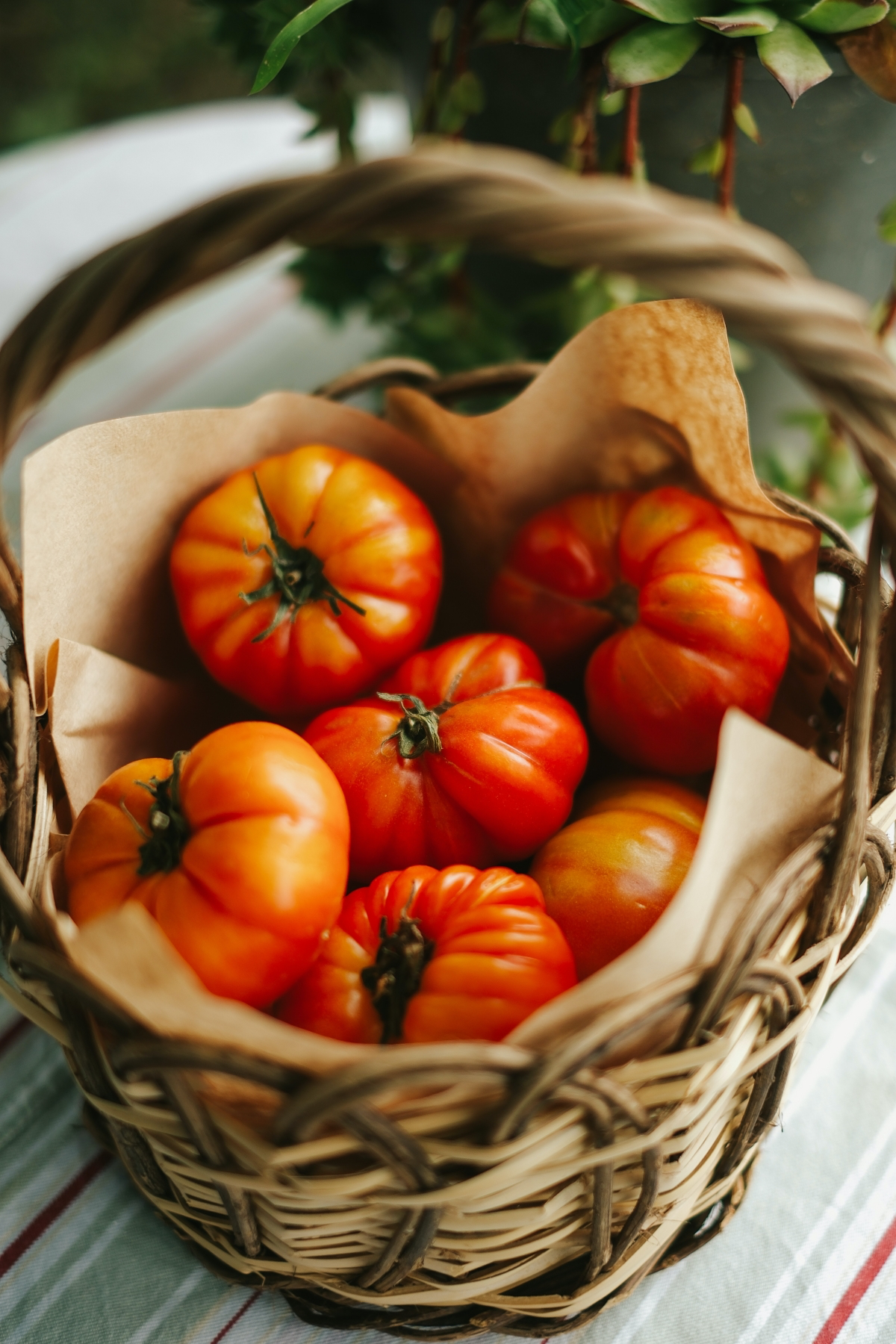
The Biggest Tomato Mistake You’re Probably Making
I cannot say this enough: DO NOT put your fresh tomatoes in the refrigerator. I know it feels like the right thing to do, but cold temperatures permanently kill the enzymes that create flavor. It also ruins the texture, making them mealy and dull.
I’m serious. Go check your fridge right now. Are there tomatoes in there? Go rescue them and put them on the counter! They’ll thank you for it tomorrow. Store them at room temperature, out of direct sun, and they’ll continue to ripen and taste amazing.
The Unsung Hero: Tomato Paste
Tomato paste is one of the most underrated ingredients in the kitchen. It’s incredibly concentrated, meaning a single tablespoon has the nutritional kick of several whole tomatoes. But how do you even use it? A lot of people buy a can, use one spoonful, and the rest goes bad. Quick tip: Buy it in a tube. It costs a bit more, maybe $3-$4, but it lasts for ages in the fridge.
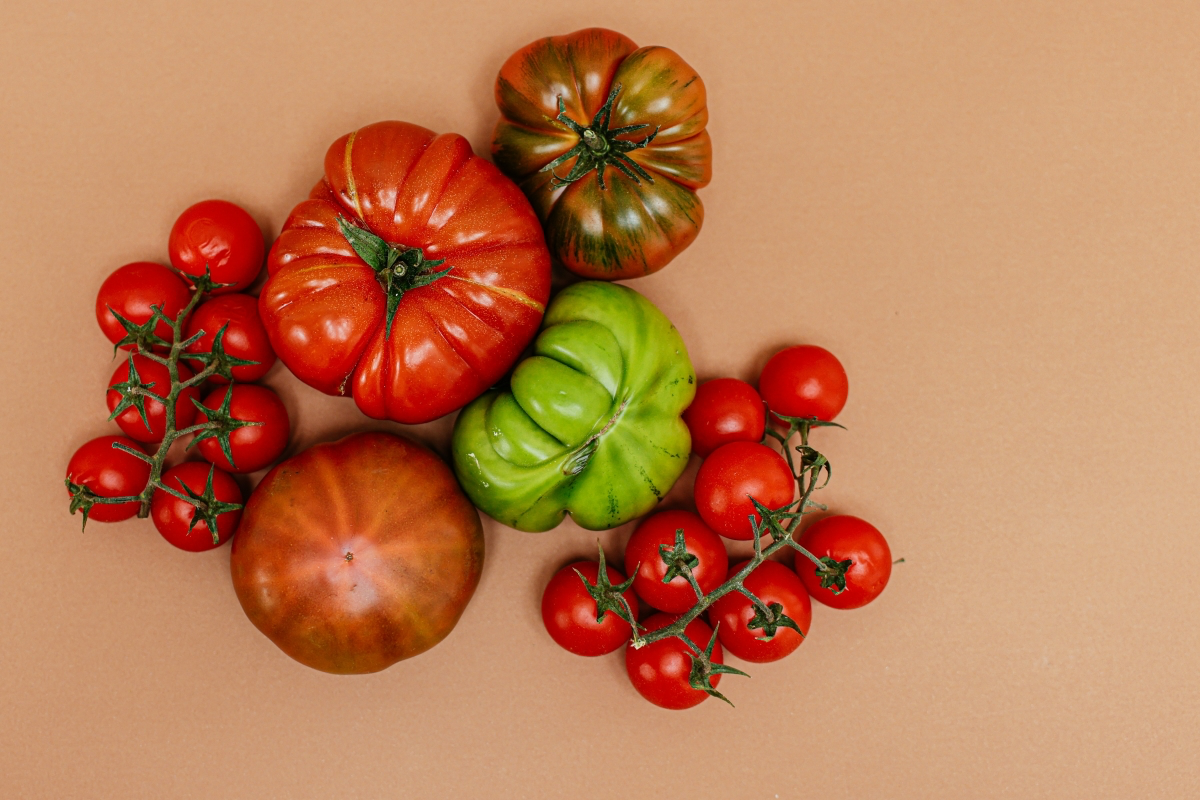
Here’s how to use it for a massive flavor and nutrient boost:
– Stir a tablespoon into soups, chilis, or stews.
– Sauté it for a minute with your onions and garlic before adding other liquids.
– Mix it into the ground meat for tacos or meatloaf.
The Tomato’s Role in Your Long-Term Health
In my practice, I never talk about
Galerie d’inspiration
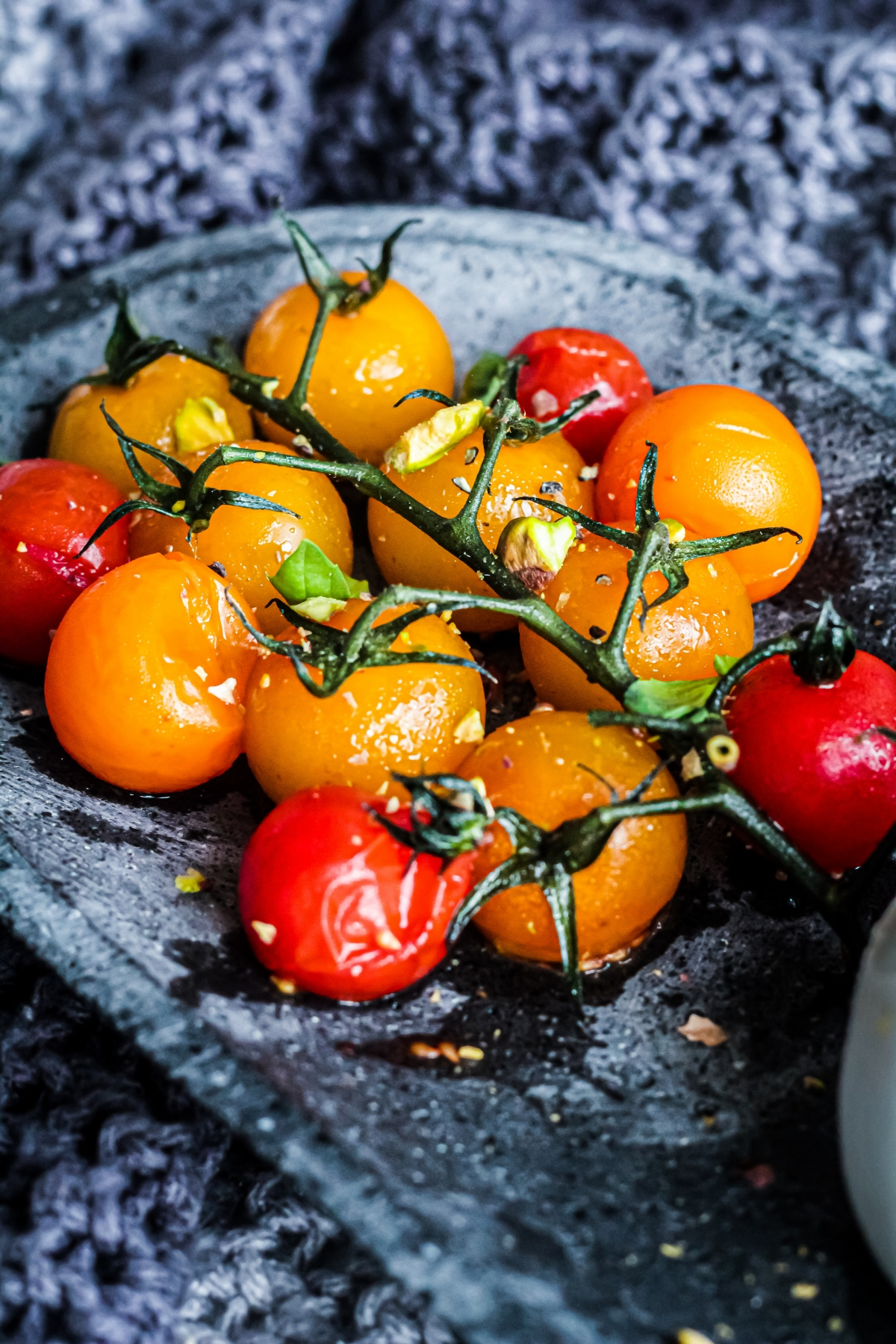

Find the tang of tomatoes a bit too sharp?
It’s a common issue caused by malic and citric acids. While a pinch of sugar is a classic trick, it just masks the acidity. For a true fix, try adding a tiny pinch (about 1/4 teaspoon per can of tomatoes) of baking soda to your sauce as it simmers. It will fizz slightly as it neutralizes the excess acid, resulting in a smoother, richer flavor without adding sweetness. A grated carrot also works wonders by adding natural sweetness and texture.

According to the California Tomato Growers Association, the state produces over 95% of the processed tomatoes in the United States.
This isn’t just a geographical quirk; it’s a mark of specialization. The tomatoes grown for canning (like the Roma variety) are different from the ones you buy fresh. They are bred to have meatier flesh, fewer seeds, and a more intense flavor that concentrates beautifully when cooked—making that can of tomato paste or diced tomatoes from brands like Muir Glen or Cento a reliable, year-round powerhouse of bioavailable lycopene.
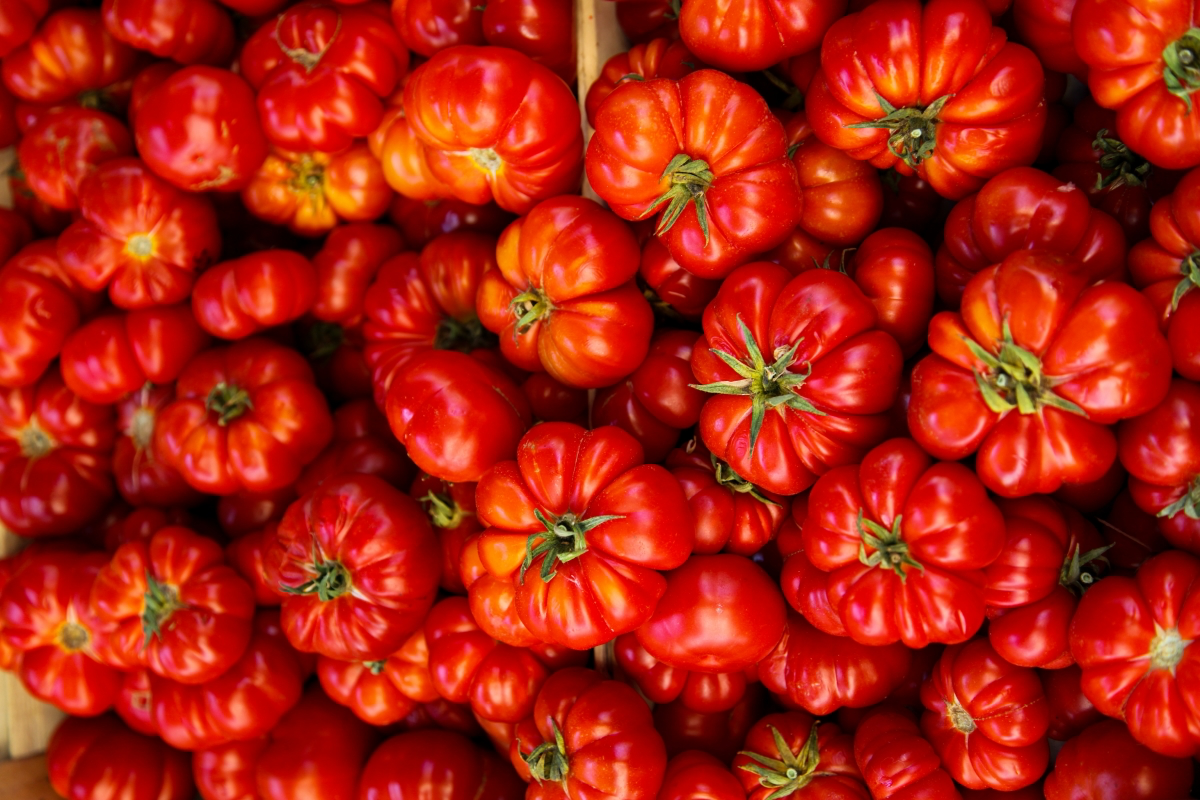
Don’t just see red! Exploring the tomato’s full color palette unlocks a wider range of phytonutrients. Bright orange heirlooms like the ‘Persimmon’ are bursting with beta-carotene, a precursor to Vitamin A. Deep purple or black varieties, such as the ‘Cherokee Purple’ or ‘Black Krim’, get their dusky hues from anthocyanins, the same powerful antioxidants found in blueberries. It’s a visual feast that diversifies your nutrient intake with every slice.
San Marzano Whole Peeled Tomatoes: Prized for their lower acidity and firm flesh, these are the gold standard for authentic Italian sauces. You crush them yourself, giving you full control over the final texture. Perfect for a slow-simmered marinara where flavor depth is key.
Mutti Finely Chopped Tomatoes (Polpa): A fantastic time-saver. These tomatoes are processed at peak ripeness and offer a consistent, vibrant base for quick weeknight meals, soups, or chili. Their convenience makes boosting your lycopene intake effortless.










